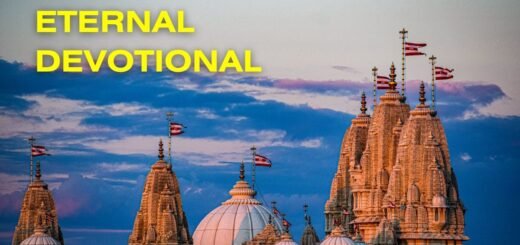Festivals Celebrated At Hinglaj Mata Mandir
Know the details about Festivals Celebrated At Hinglaj Mata Mandir, Festivals celebrated at Hingula Mata Mandir every year, Daily Sevas at Hingula Mata Mandir
A Hindu temple known as Hinglaj Mata may be found in the town of Hinglaj, which is situated on the Makran coast in the Lasbela district of the province of Balochistan. It sits in the heart of the Hingol National Park. Other names for the temple include Hinglaj Devi, Hingula Devi, and Nani Mandir. See below to get the details about Festivals Celebrated At Hinglaj Mata Mandir
Click here to get Hinglaj Mata Devi Shlok Lyrics
Click here to get Pisharnath Mahadev Mandir Opening Closing Timings Today
Festivals Celebrated At Hinglaj Mata Mandir
Hingula Yatra:
It is a common belief among the people who live in the area that on the day of Visuba Sankranti, Goddess Hingula would make an appearance, and that offering oblations to her will rid the world of all malevolent powers. In her fictitious approach to the hamlet, she is adored by the villagers as she walks along the main street. The spitted fresh cloth, the Pana (sweet water), the butter lamp, and the green mangoes are all part of the offering to her.
Those who adhere to the practice of fasting, particularly women, are referred to as “Osati.” Before the day of devotion, the worshipers who are required to observe a fast (most of whom are males) go from village to village carrying a holy pitcher that represents the Goddess. Every time they go through their religious ritual, they sing and dance the whole time. Patuas are the name given to those who participate in worship.
The guy who dances while wearing the holy pitcher on his head wears a long piece of black fabric that wraps snugly around his head and has equal length on both sides so that it may flow. He also wears a black skirt and a crimson shirt. Those who are able to walk on fire are referred to as Nian Patua, while those who walk on thorns are known as Kanta Patua.
Nuakhai:
Khambeswar Mahadev and Khambeswari Devi are worshiped without burning any lamp (Deepa) since they are located on the left side of the pandal. They are referred to as Dark Gods (also known as Pidha or Andhari Devata). According to the myth, they descended into the underworld from the city of Boudha, which was known as the refuge of Goddess Hingula, when the Buddhist faith became widespread in the area.
Andhari Pitha, which literally translates to “dark seat,” got its name for this same reason. Following this, the Patiara, which is now in the possession of Hingula, is worshipped. He travels to the location where the Goddess is said to have appeared in the shape of Kalishi, and it is at this location that his body is freed from its possession by Kalishi.
Patabari Festival:
The Patabari Festival is unique in that it is held only upon the succession of a new king following the death of the previous monarch. During this special event, Dehury follows the instructions given to him by the Goddess to get five salgram stones from the river Brahmani, which is located close to Nadhara Kamalanga.
Devi Dusshera:
On the day of Devi Dussehra, the goddess Hingula Alam is carried in a lengthy procession to the Dussehra field, where a platform has been erected for the purpose of offering homage to the deity. Following that, the Alam is transported to the Kuteisuni Pitha. It is considered to be one of the most significant festivals, and devotees from all over the world come together to celebrate it.
